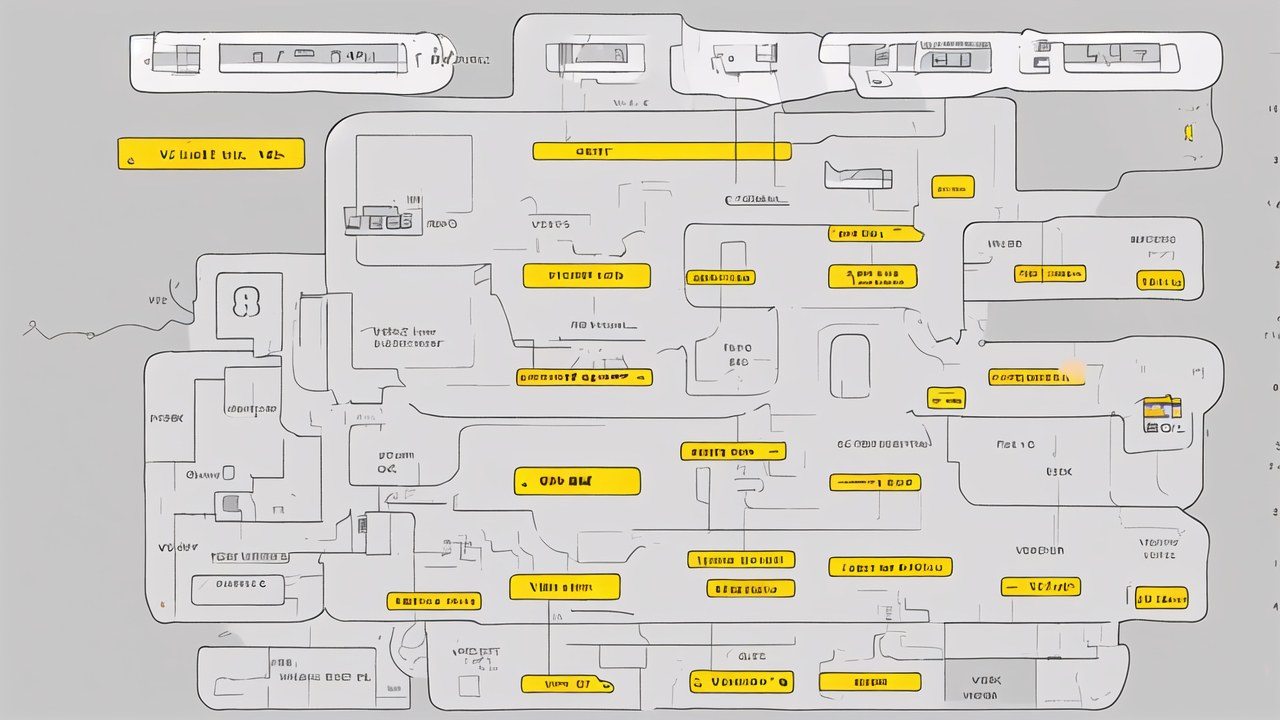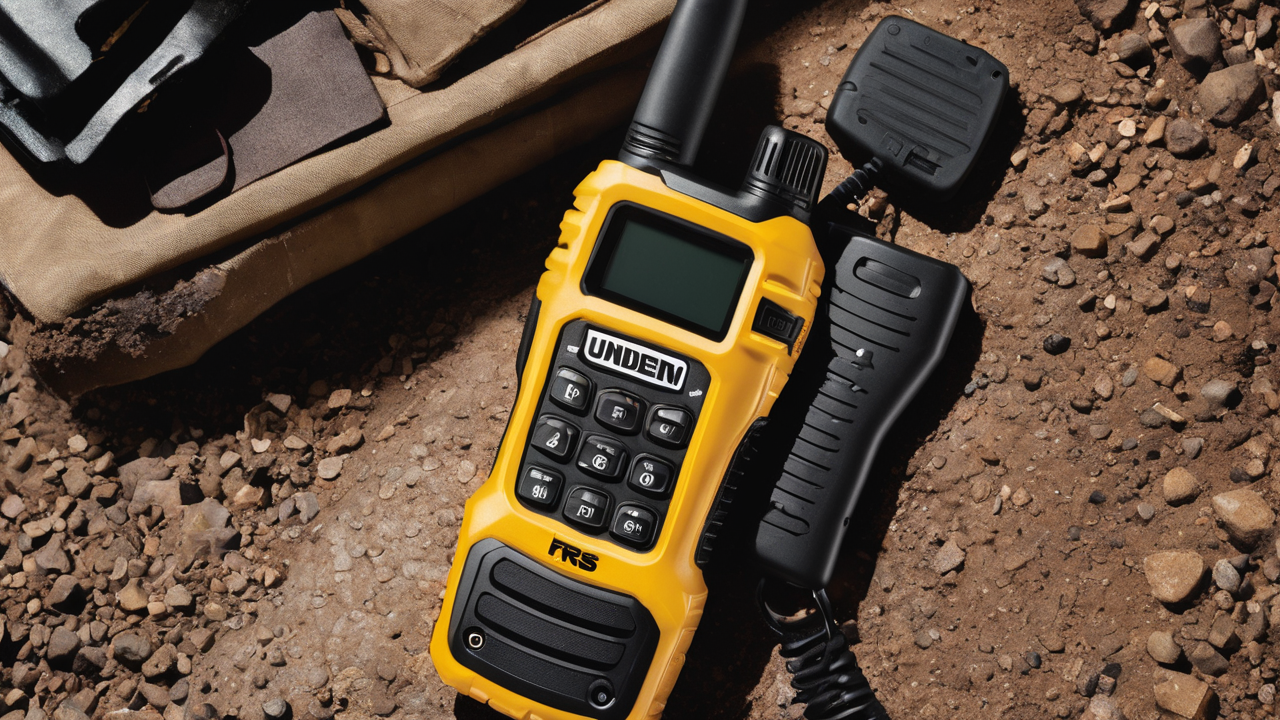Understanding Walkie Talkie Basics
The Technology Behind Walkie Talkies
Walkie talkies use radio waves to send and receive signals. They operate on specific frequencies, allowing users to communicate over distances. These devices have a transmitter and receiver in one unit.

Most walkie talkies use UHF (Ultra High Frequency) or VHF (Very High Frequency) bands. UHF is better for indoor use and urban areas. VHF works well in open spaces and has a longer range.
The power output of a walkie talkie affects its range. Higher wattage means longer range. However, terrain and obstacles can impact signal strength. Modern walkie talkies often have features like CTCSS and DCS. These help reduce interference and improve privacy.
Key Features to Look for in a Walkie Talkie
When choosing a walkie talkie, consider these important features:
- Range: Look for devices that offer sufficient coverage for your needs.
- Battery life: Longer battery life ensures reliable communication.
- Durability: Rugged, water-resistant models are ideal for outdoor use.
- Channels: More channels allow for flexible communication options.
- Privacy codes: These prevent interference from other users.
- VOX (Voice-activated transmission): Enables hands-free operation.
- Weather alerts: Useful for outdoor activities and emergencies.
- Size and weight: Consider portability for your specific use case.
Also, check for additional features like built-in flashlights or SOS signals. These can be helpful in emergency situations. Some models offer Bluetooth connectivity or GPS functionality.
Top Walkie Talkies for US Consumers
Reviewing the Market Leaders
Several brands dominate the US walkie talkie market. Here are some top choices:

- Motorola Talkabout T460: Known for its long range and water resistance.
- Midland GXT1000VP4: Offers 50 channels and a range of up to 36 miles.
- BaoFeng UV-5R: Popular for its affordability and programmable features.
- Cobra ACXT1035R FLT: Features a built-in flashlight and floating design.
- Uniden SX377-2CKVP: Offers NOAA weather alerts and a long battery life.
These models cater to different needs and budgets. The Motorola and Midland options are great for outdoor enthusiasts. BaoFeng is popular among tech-savvy users. Cobra and Uniden offer reliable options for general use.
When choosing, consider your specific needs. Think about where you'll use the walkie talkie most. Also, factor in your budget and desired features.
Specialty Walkie Talkies for Tough Environments
For harsh conditions, consider these specialized walkie talkies:
- DeWalt DXFRS800: Built for construction sites with high durability.
- Kenwood ProTalk XLS TK-3230: Ideal for industrial and commercial use.
- Motorola RMU2080d: Designed for business environments with clear audio.
- Uniden MHS75: A waterproof marine radio for boating and water activities.
- Midland X-TALKER T75VP3: Features NOAA weather scanning for outdoor adventures.
These models are built to withstand tough conditions. They offer features like dust and water resistance. Some have noise-canceling technology for clear communication in loud environments.
For mountain climbing or hiking, look for models with altimeter and compass features. In wet conditions, choose fully waterproof options. For extreme temperatures, select models with wide operating ranges.
Enhancing Communication in the Field
Tips for Effective Use of Walkie Talkies
To get the most out of your walkie talkie:

- Learn proper radio etiquette. Use clear, concise language.
- Familiarize yourself with your device's features before use.
- Keep batteries charged and carry spares for long trips.
- Use the highest point available to improve signal range.
- Speak clearly and hold the mic close to your mouth.
- Use code words or phrases for efficient communication.
- Perform regular maintenance to keep your device in good condition.
- Be aware of local regulations regarding walkie talkie use.
Remember to test your devices before heading out. Establish a communication plan with your group. This includes agreeing on channels and call signs. In emergencies, switch to channel 9 or 16 for help.
Practice using your walkie talkie in different conditions. This will help you understand its limitations and capabilities.
Troubleshooting Common Issues with Walkie Talkies
If you encounter problems with your walkie talkie, try these solutions:
- Poor reception: Check your location and move to higher ground if possible.
- Battery issues: Ensure batteries are charged or replace them.
- Interference: Change channels or use privacy codes.
- Water damage: Use rice to absorb moisture and let the device dry completely.
- Range problems: Check for obstacles and try to maintain line of sight.
- Static: Adjust squelch settings to reduce background noise.
- No power: Check if the device is turned on and batteries are inserted correctly.
- Button malfunction: Clean the buttons and check for debris.
If problems persist, consult your device's manual. Some issues may require professional repair. Regular maintenance can prevent many common problems. Keep your walkie talkie clean and dry when not in use.
Remember, understanding your device's limitations is key. No walkie talkie is perfect in all situations. Choose the right tool for your needs and use it wisely.


